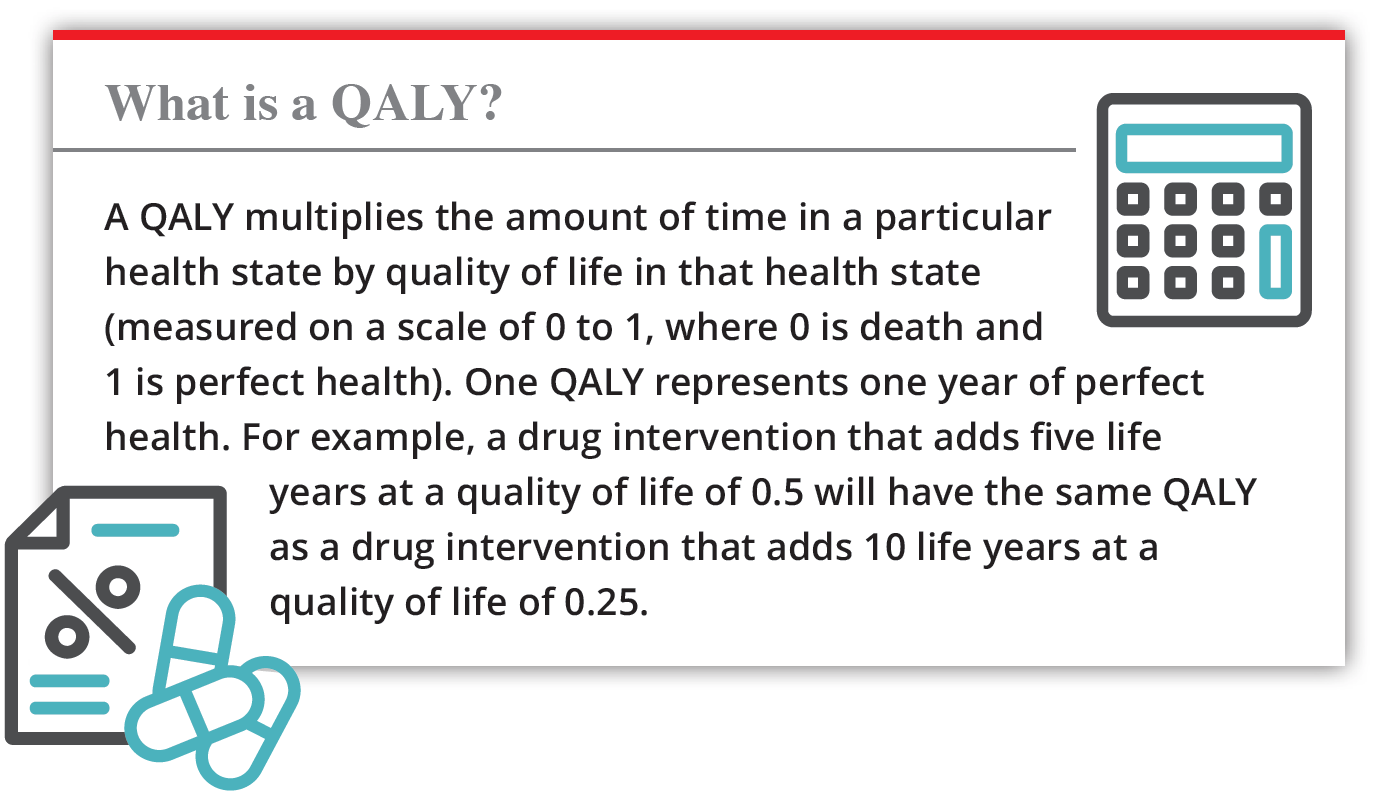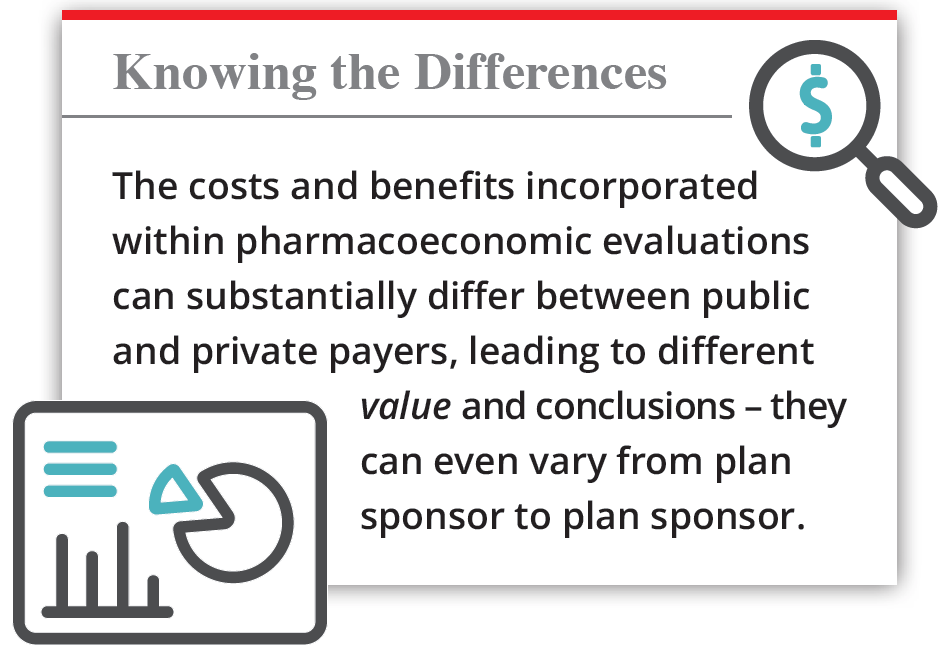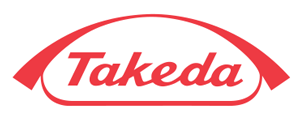

Deciding whether to include a specific
medication in either a public-payer
plan or a private-payer plan starts
with an assessment of a drug’s efficacy and
safety based on its performance in clinical
trials. Once it is proven that the drug is both
effective and safe, the next key factor to assess
is its value for money. That process is known as
a pharmacoeconomic evaluation (PE).
At the heart of a pharmacoeconomic
evaluation are three questions: what is the
incremental cost compared to standard of
care, what is the benefit compared to standard
of care, and is the benefit worth the cost.
“Pharmacoeconomic evaluation is an approach
that looks at both costs and benefits [or
consequences] and gives every intervention a
number in terms of its cost-effectiveness,” says
Dr. Aslam Anis, director of the Centre for Health
Evaluation and Outcome Sciences (CHÉOS) and
professor at the University of British Columbia.
What does pharmacoeconomics consider?
On the cost side, pharmacoeconomics attempts to account for every dollar associated with an intervention, says Anis. Beyond the cost of the medication itself, this may include nursing or clinic costs associated with drug administration, supplies such as catheters and needles, and costs to treat adverse events or infections resulting from taking the medication. On the benefits side, he explains, the analysis incorporates a drug’s clinical outcome by combining both survival and health-related quality of life into a single measure – termed the quality-adjusted life year (QALY).
In order to quantify QALYs attributed to a drug intervention, pharmacoeconomics may examine clinical measures such as years in disease remission for inflammatory bowel disease, improvement in the ejection fraction for heart disease or boosting the level of forced expiratory volume for asthma. The measure for every condition will be different. Furthermore, adds Dr. Jean-Éric Tarride, McMaster chair in health technology management, director of the Centre for Health Economics and Policy Analysis (CHEPA) and professor at McMaster University, trial results are often extrapolated to a longer time horizon, which can increase the uncertainty in the estimates.



“Right now, I’m treating my patients with medications A, B or C. Now there’s a new medication,” he explains. “It may be better for the patient from a clinical point of view or safety point of view, but it may be more expensive. So, the question is, ‘How much more are you willing to pay for an additional unit of benefit vs. standard of care?’”
Navigating complexity – pharmacoeconomics for public vs. private
As all of this suggests, pharmacoeconomic evaluation can be complex. To help, the Canadian Agency for Drugs and Technologies in Health (CADTH), created by the federal, provincial and territorial governments in 1989, developed “Guidelines for the Economic Evaluation of Health Technologies” (currently in their 4th edition), which provide a roadmap for pharmacoeconomic evaluation and, importantly, acknowledge that public-payer plans and private-payer plans have different perspectives.
Specifically, not all costs borne by a publicpayer plan apply to a private-payer plan (e.g., hospitalization), and some costs that are not relevant to a public-payer plan are especially important to a private-payer plan (e.g., productivity and absenteeism). This means that analysis completed for a public-payer plan is not directly transferrable to a private-payer plan, and decision-makers may have to dig deeper to make well-informed choices for a private-payer plan. Further, analysis for one plan sponsor may not be applicable to another plan sponsor as there may be substantial differences between workforces.



An added dimension is that different companies will put more or less weight on different costs.
Also, Tarride says, a private-payer plan may be much more willing than a public-payer plan to pay for drugs that employees especially value – examples may include medications that help children, medications that help employees to stay at work and biologics.
Leveraging pharmacoeconomics in decision-making
“A lot of [pharmaceutical] companies use the same submission for CADTH and private payers, [but] you need to have the information presented in a way that you can analyze it for both perspectives,” Tarride points out, advising private-payer plans to “work with manufacturers to ensure that they receive submissions that meet their needs [and] … to develop some guidelines for submissions for private payers.”
There are situations when pharmacoeconomic value calculations are unreliable instruments whose heavy dependence on assumptions gives them significant variability. Those evaluating pharmacoeconomic evaluations, including payers, should consider different willingness-to-pay thresholds for both drugs for rare diseases and many cancer therapies – a more flexible, nuanced and compassionate approach that aligns with many of Canada’s global peers, for example, the National Institute for Health and Care Excellence (NICE) in the UK.



Overall, how does pharmacoeconomic evaluation fit into the decision-making process for a private-payer plan? “The most important evaluation of drugs [focus on their] efficacy and their safety. Building on that, taking that information to do an economic evaluation is the next logical step,” says Anis. “The next logical step after that is to assess the value for money given a fixed budget – and depending on whether it’s public or private, that assessment would be slightly different.” In the end, Anis adds, “For an employer, a healthy and happy workforce is paramount, [and] the drug plan administrator has to look dispassionately at the value covering a drug brings to the plan beneficiaries – the people they’re working for – and what it adds to the value chain.” ■

